Accessibility: Assisting a wheelchair athlete in the Brighton Marathon
For many of us, accessibility is an issue that goes under the radar. We might read an article or see something on the news about how difficult it can be to access certain services as a wheelchair user. We get cross about it and say something supportive. Then, we move on because it’s not our issue. Recently, I had an insight into the accessibility of a mass participation event for a wheelchair user. An insight that perhaps marathon organisers have never had. As someone whose only experience with a wheelchair in the past was crashing my husband into a lift door when his leg was in plaster, this was an eye opener. And something that we should all be more aware of, not least the people who organise mass participation events.
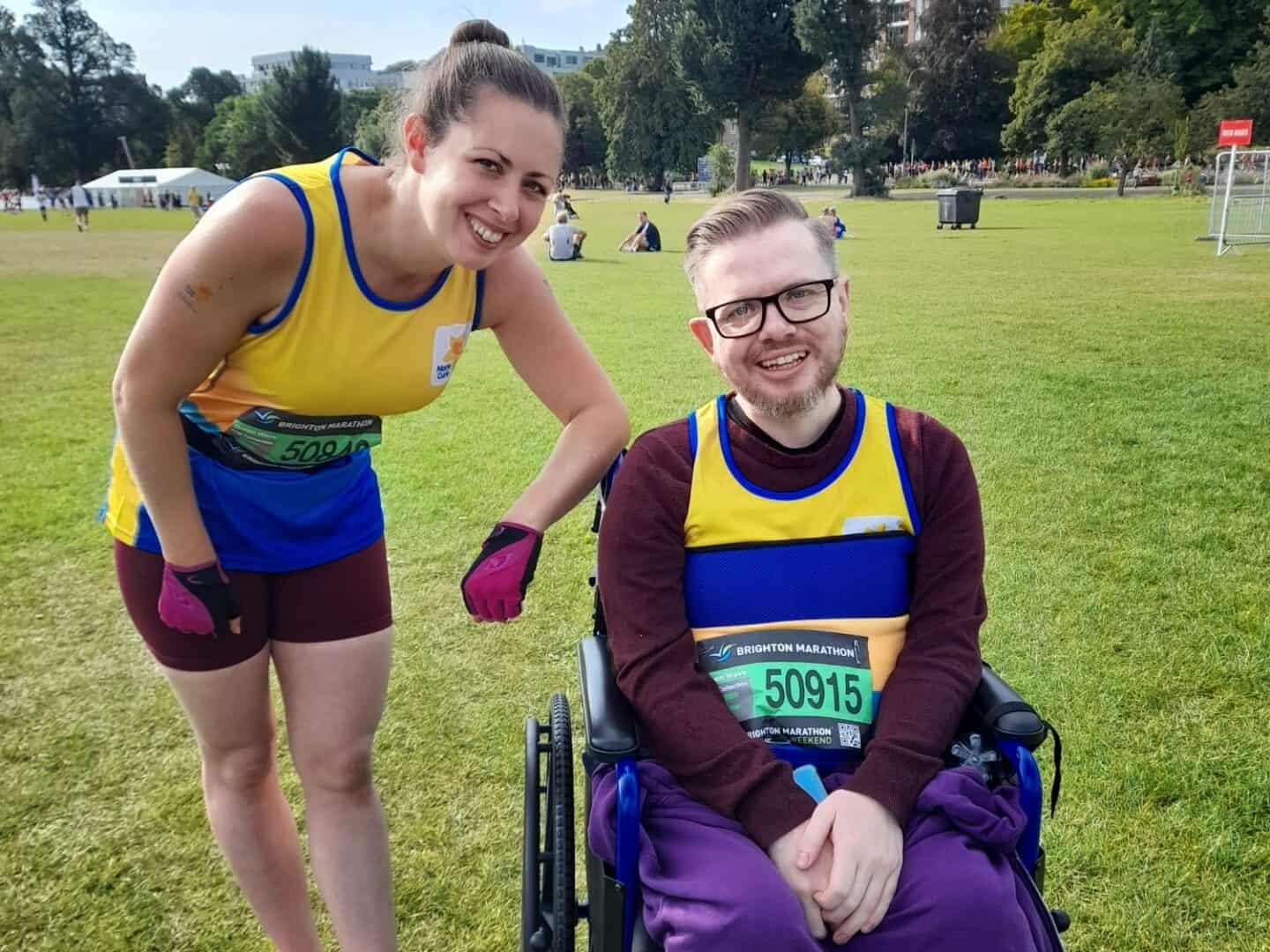
Entering the London Marathon as an assisted wheelchair athlete
When I ran the London Marathon in 2019, it was DEFINITELY my last marathon. Until I got into a conversation on Twitter. My friend Martyn mentioned that he had always wanted to complete a marathon. In fact, when he was diagnosed with Facioscapulohumeral Muscular Dystrophy at the age of 13, the London Marathon was on television. He promised himself that one day, he would take part. As the years went on, it became clear that he wouldn’t be able to run it unaided. And during the conversation on Twitter after the 2019 London Marathon, somebody asked if it would be possible for me to assist Martyn as a wheelchair competitor.
This seemed reasonable. Martyn would be able to fulfil his dream and I knew I was capable of completing a marathon. So, we set about entering the London marathon. Martyn got in touch with the organisers to see how accessible it was. Unfortunately, it turned out that it wasn’t accessible at all. In fact, London Marathon only accept wheelchair athletes who can self-propel. This means that they have to be able to push themselves along without assistance. This is a quote from their website:
“To take part in the Virgin Money London Marathon, you must be able to do so under your own power. This is because the event is held under International Association of Athletics Federation (IAAF), World Para Athletics and British Athletics rules, which expressly prohibit any participant or non-participant – whether disabled or able-bodied – to be pushed by a third party, as it is defined as assistance, or use any device that is primarily the cause of forward movement.”
https://www.virginmoneylondonmarathon.com/enter/how-to-enter/participants-with-disabilities
Entering the Brighton Marathon as an assisted wheelchair athlete
With London ruled out completely, we started to look elsewhere. Martyn found that Brighton marathon allowed assisted wheelchair athletes to take part, so we registered. Martyn chose to support Marie Curie, who kindly gave us both a place in the 2020 Brighton Marathon. So in September 2019, five months after completing the London Marathon, I was training again.
While I started to train, Martyn embarked on the task of finding a wheelchair that was up to the task of a marathon. This may seem relatively straightforward. I can tell you, it was not. Eventually, a shop gave Martyn a chair to use. It was a fantastic, light chair that was specially designed to cope with a reasonable speed and would be and easy to push. All Martyn had to do was measure me against the chair and get an appropriate handle fitted. So in around January 2019, we met up to do the measurements.
Then, covid hit. The marathon was postponed to September 2019. Then April 2021. And finally, it was postponed again to September 2021. In the meantime, we realised that Martyn wouldn’t be able to take part in that chair. We had always been aware that sports chairs were not acceptable if an athlete couldn’t self-propel. But we naively thought that a chair that wasn’t designed for marathons but would make our lives a little bit easier would be fine. We were wrong. Just a few weeks before the event, Martyn had to buy a manual wheelchair. A completely standard chair with small, rickety wheels on the front. His partner Hannah tried running while she pushed it. And it rattled, vibrated, shook and became almost unmanageable. So we had a choice. Use that chair, or pull out.
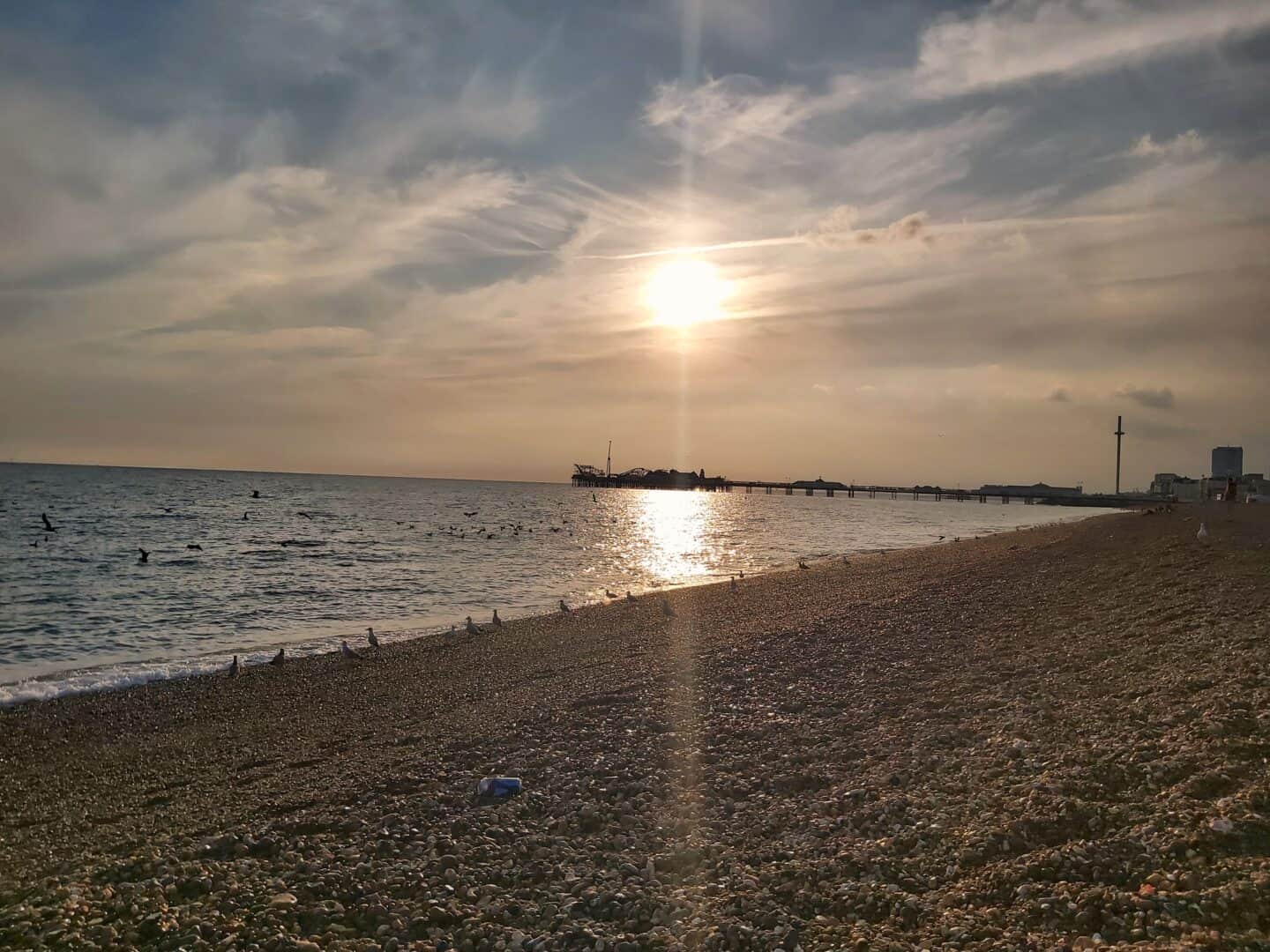
Training to push a wheelchair around a marathon
While Martyn battled to find a chair, I embarked on the task of training to push a wheelchair around a marathon. Easy, right? I could just go out running pushing Martyn. Wrong. We live several hours drive apart. So, what would I do? In September 2019, I did some sessions with a personal trainer to try to replicate the pushing motion and build up my arms and core to be able to push the chair. But it wasn’t working. I was getting stronger and enjoying the sessions, but I didn’t have time for everything. I was so focussed on the gym training that I was hardly running. My mileage wasn’t increasing as it should be and I worried that I wouldn’t be ready.
So, in December 2019, I stopped the personal training sessions and started to run every day. I did boot camp classes once a week and swam when I could. Running every day was a game changer for me. I was even able to push my friend’s daughter in her pushchair when we ran together, just to get used to pushing something. I started to up my mileage, I think I’d got to about 16 miles when the marathon was postponed for the first time.
Then came a cycle of increasing and decreasing my mileage throughout the pandemic as lockdowns came and went and the event was postponed over and over again. I continued to run every day and haven’t missed a day since 1st January 2020. So by the time the race finally went ahead, I was ready.
Accessibility – registering for the Brighton Marathon
Because we were coming from different parts of the country, I didn’t meet Martyn and Hannah at registration. We decided it was easier to register separately and meet that evening for dinner. So, I met with another friend who was also running and we went to register. As soon as I saw the race village, I realised it would be difficult for Martyn to register, but I had no idea how difficult. Access to the registration area was across the beach. Boards has been put down but the boardwalk was incredibly long and very bumpy. Pushing a wheelchair along there would be a nightmare.
It turned out, there was a different issue for Martyn. He found it impossible to park anywhere near the registration area. So, he had to drive around while Hannah went to register for him, then come back to pick her up. Luckily, Brighton marathon did allow for someone to register on behalf of a competitor. So, despite all the setbacks it was done. We were both registered and ready to go.
We met up that evening and had dinner. Then, at about 10.30pm in a car park in Crawley, we tested out the wheelchair for the first time. It was rickety and shook if I went too fast, especially on rough surfaces. But if Martyn didn’t use a leg strap, it seemed a little better. Would we be quick? No. Would we finish? We weren’t sure. Were we going to give it a go? Absolutely.
Getting to the Brighton Marathon start line
As with registration, the biggest problem with getting to the start was parking. We got there really early and managed to find somewhere about 20 minutes away from the start line with on-road parking. We would be able to leave the car there all day.
About an hour after parking up, we made our way to Preston Park. The grassy area at the start was a little difficult to push the chair around, but it was doable. We hung around for a while and eventually, it was our turn. There was a wheelchair lane on tarmac at the start but we decided not to use it, opting instead to start with everybody else.
Assisting a wheelchair athlete around the Brighton Marathon
As soon as we started, we realised this was not going to be a quick marathon. I planned to keep within 15 minute miles for as long as possible. For the first few miles, we did. We were near the back, but not right at the back. It turns out, near the back of a marathon is the most fun place to be. We started alongside a male runner in stilettos, a runner pushing a wheelbarrow, a rhino, a tiger and a unicorn.
Everybody was incredibly friendly. Runners clapped and cheered when we passed each other. The crowd were so supportive. My legs felt fine, but my face ached from smiling. One lovely lady even helped me to push Martyn when we went up a big hill. For the most part, we kept up a reasonable pace. Walking up the hills and on the bumpy patches and a slow run everywhere else. Then, we got to around mile 19 and headed into the Brighton Docks. And it was a nightmare.
Speed bumps everywhere. I hit the first one like a train. If Martyn hadn’t been strapped in, he would have fallen out. Lesson learned, we slowed down for the rest of the speed bumps. The surface from about mile 19 to 25 was so rough that I couldn’t run. The front wheel moved around so much it was like running with the brakes on. At one point, we had to stop, turn around and go backwards down a big curb. Thankfully from mile 25, the surface became better and I ran the last mile. We eventually finished in a time of 7 hours and 10 minutes. Had the road surface been better, I think we would have been between one and two hours faster.
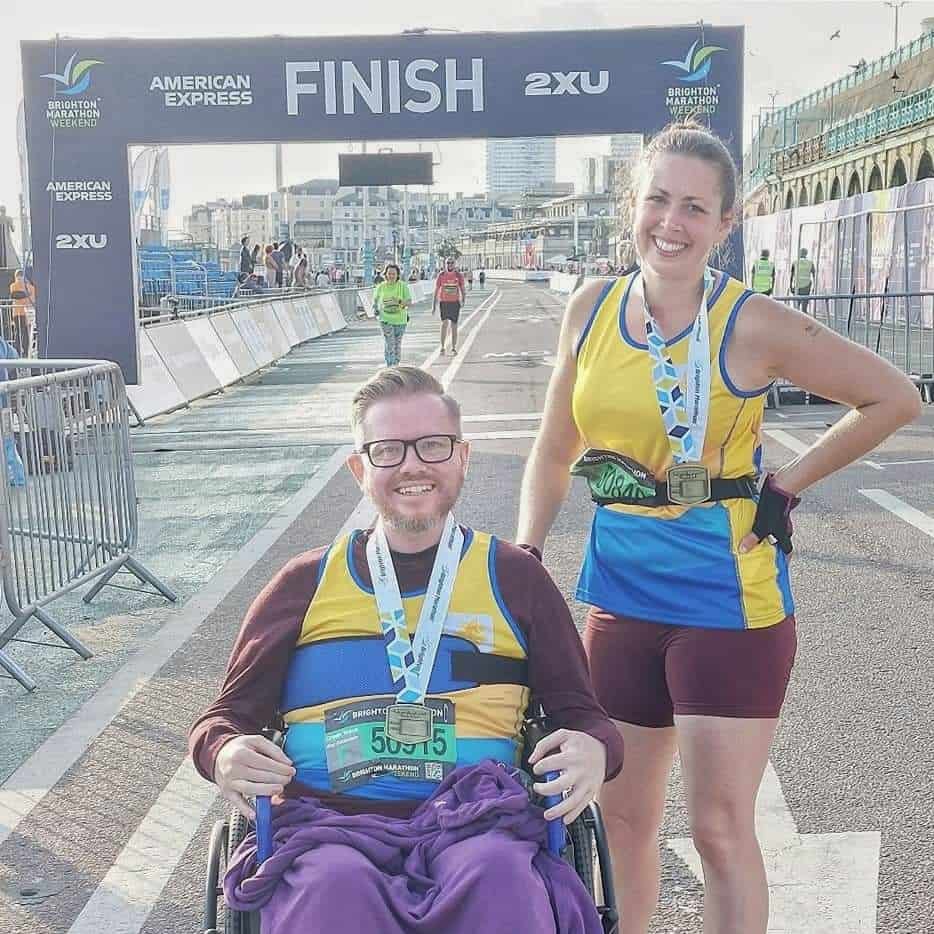
Accessibility – afterwards
Having finished the marathon, we headed for the “meet a runner” area. A huge drop down a curb and back up the other side hadn’t been covered with a ramp which caused us a problem. I was exhausted. Martyn had been sitting in a chair for approximately eight and a half hours. He had to talk me through how to get down and back up the drop with the chair.
When we did make our way to the meet the runner area, there was still the boardwalk to navigate. At this point, Hannah took over and it wasn’t long before I was swimming in the sea in my running kit and they were making their way back to the car. A couple of hours later, I texted to check whether Martyn and Hannah had made it back to the car ok. It turned out, the start and the parking spot weren’t as close to the finish as they had looked on the map. They had only just reached the car to embark on the journey home.
Martyn’s thoughts on taking part in the Brighton Marathon as a wheelchair participant
Assisting a wheelchair athlete is of course completely different from being a wheelchair participant. So, I asked Martyn to share his perspective on the race. What I hadn’t realised was that when he was looking for a marathon that would accept us, there was one marathon that said we could take part, but he would not be recognised as a participant. As such, Martyn really appreciated Brighton’s inclusivity. Particularly in a world where people discredit a disabled person by speaking to the carer instead of speaking to them directly.
Whilst Martyn and I both hugely appreciated the atmosphere among crowds and runners at Brighton, Martyn does have a different perspective on some of the comments we received. For example, many said to him, “You’re an inspiration.” That felt patronising, and that their attitude to him as a wheelchair user was different to their attitude to runners. Other people were congratulated on their strength as athletes. Being in a chair and being pushed made people see him as “an inspiration”.
Martyn spoke after the event on Facebook to the person who had pushed the wheelbarrow around the course. People were congratulating him on being quick and chatting about his next challenge. But nobody said he was an inspiration. Whilst Martyn doesn’t want to sound like he didn’t appreciate the incredible support – which he absolutely did – he gets called and inspiration for doing lots of things that able-bodied people do. So, this particular phrase did feel patronising as a wheelchair user.
My thoughts on accessibility at the Brighton Marathon
Throughout the process of trying to enter the London Marathon, entering Brighton, finding a chair, finding another chair and the multiple postponements, I was amazed at Martyn’s resilience. Sadly it seems that as a wheelchair user, Martyn has been forced to get used to such setbacks. We are both extremely grateful to the Brighton Marathon organisers for allowing us to take part. The support team for people at the back of the field was incredible. A car, a motorcyclist and a cyclist were all checking on us. They offered us water, checked we were ok and updated us on the characters who had been near us at the start of the race.
The course itself was relatively accessible. The speed bumps and bumpy surfaces were difficult, but not insurmountable. There were accessible toilets at every set of portaloos along the route. However, our situation would have been completely different had we been allowed to use an adapted chair. Whilst 7 hours is a long time to run / walk / push a wheelchair for, it is a ridiculous length of time to sit in one. Particularly when I had trained to run a marathon at a reasonable pace. I wasn’t going to break any land speed records, but I had made sure that I had trained hard enough so that Martyn wouldn’t have to be sat in the chair for an inordinate amount of time.
The thing with a standard wheelchair is that they are designed to go slowly. For pottering around town, no problem. In fact, the chair did rather well at coping with the marathon. But the fact is, there was a better option. One that didn’t have tiny front wheels rather like a shopping trolley. One that would have been more comfortable.
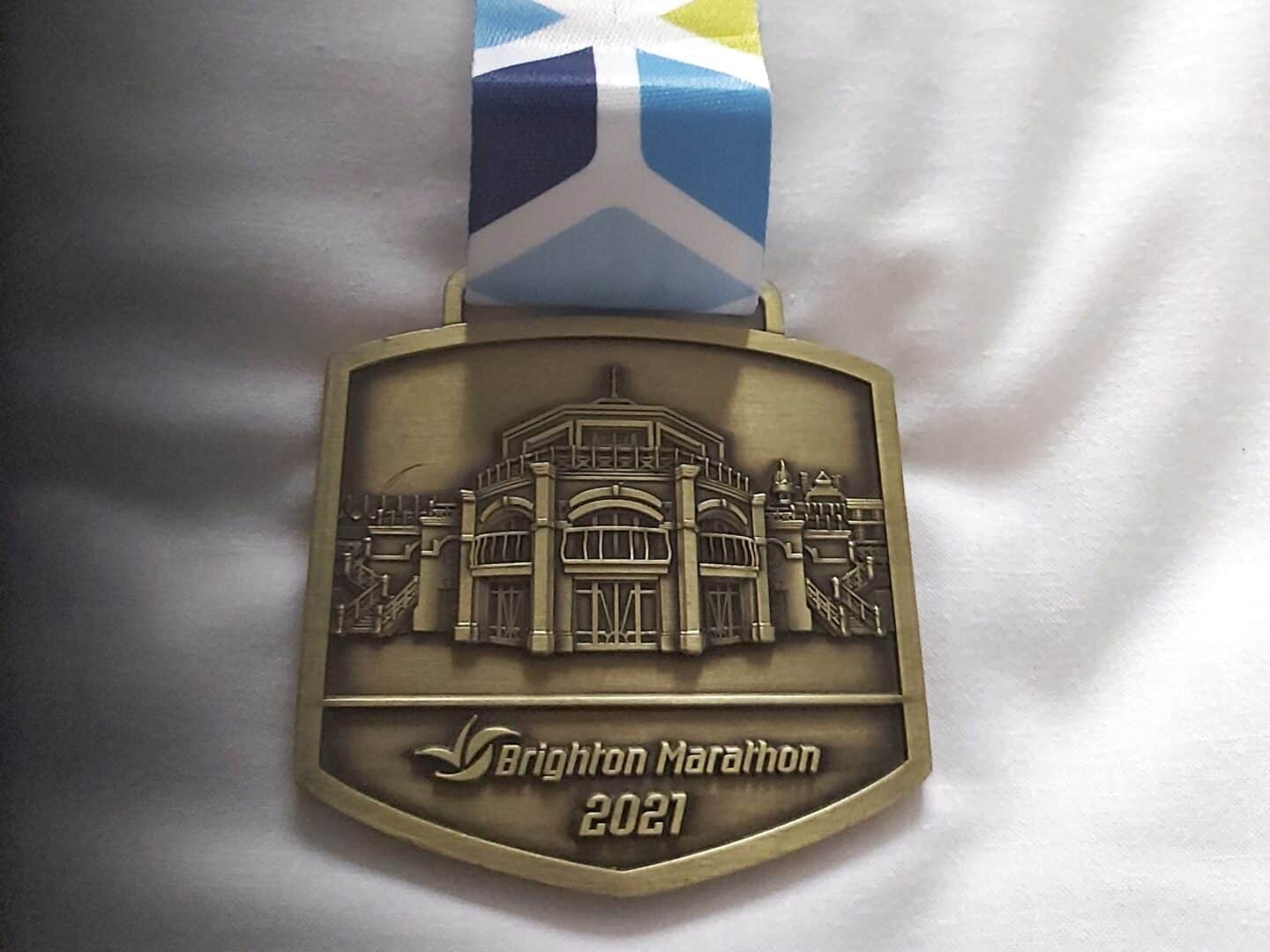
Better, but not enough
When we first entered Brighton, after our experience trying to enter London we were grateful that the Brighton Marathon organisers allowed us to take part. They had done better than London, but they hadn’t gone far enough. Being a wheelchair user in a world that is not designed for you is difficult. As non-wheelchair users, I think we all need to challenge more.
I am not criticising the organisers of the Brighton Marathon, far from it. But it would have been an easy step to take to allow us to use a chair that that made Martyn’s experience easier and more pleasant. For a wheelchair user who experiences multiple setbacks in navigating day to day life, that’s important.

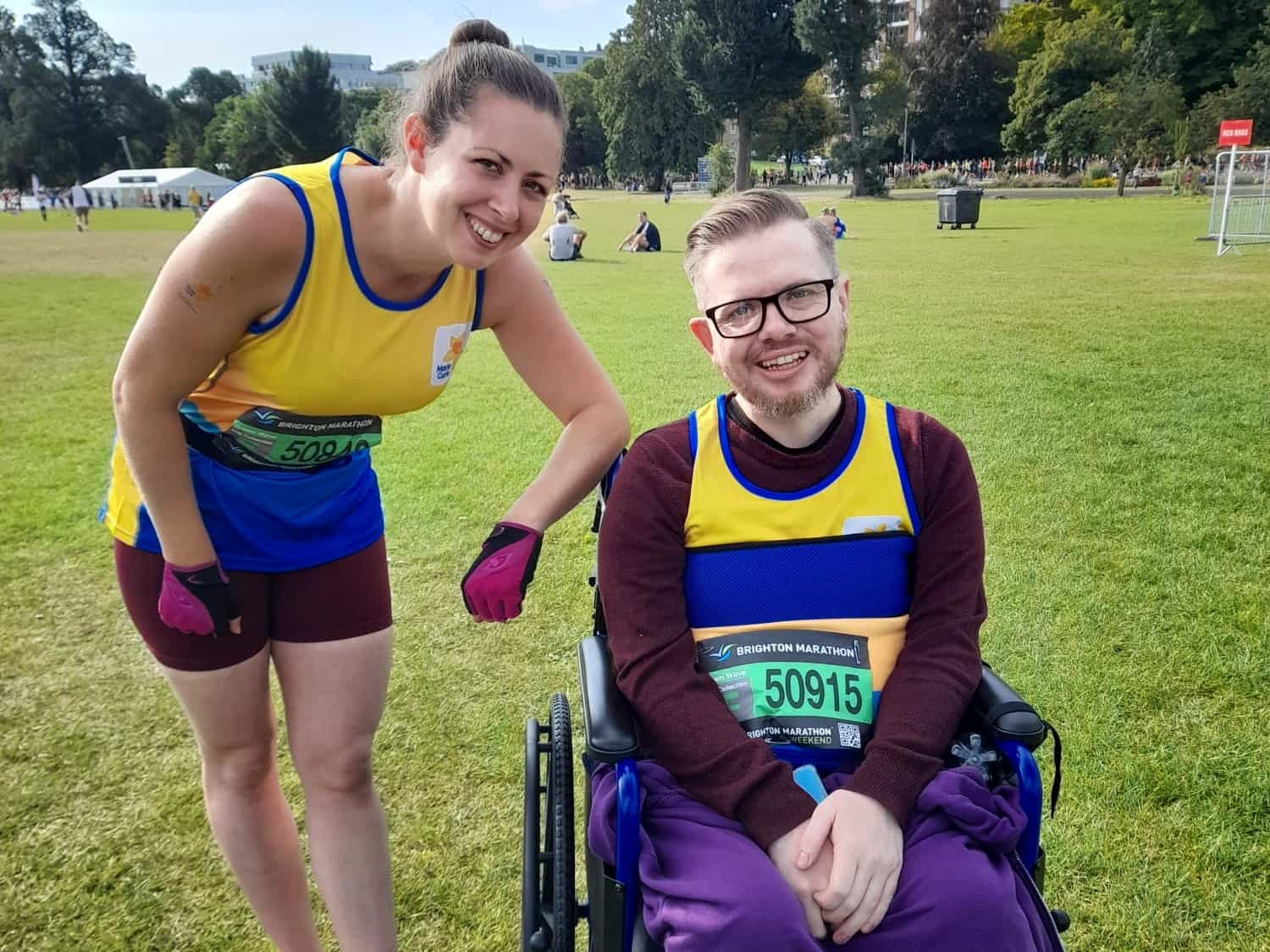
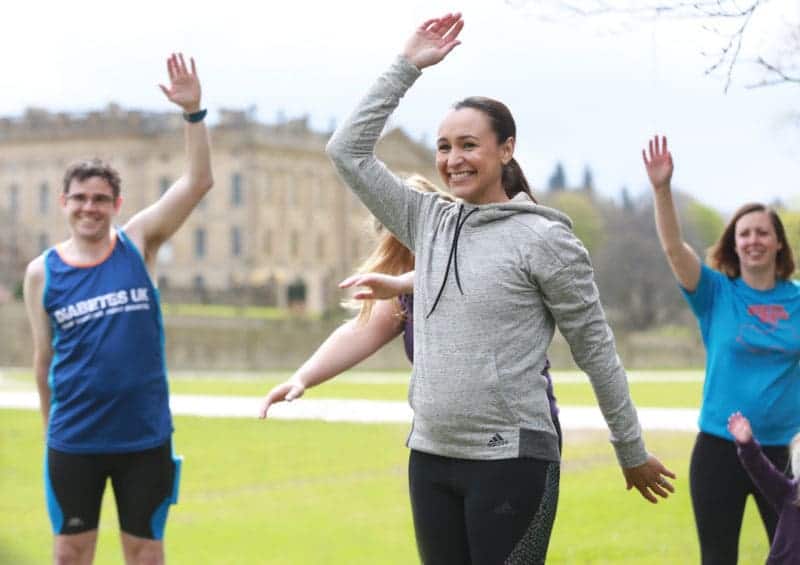
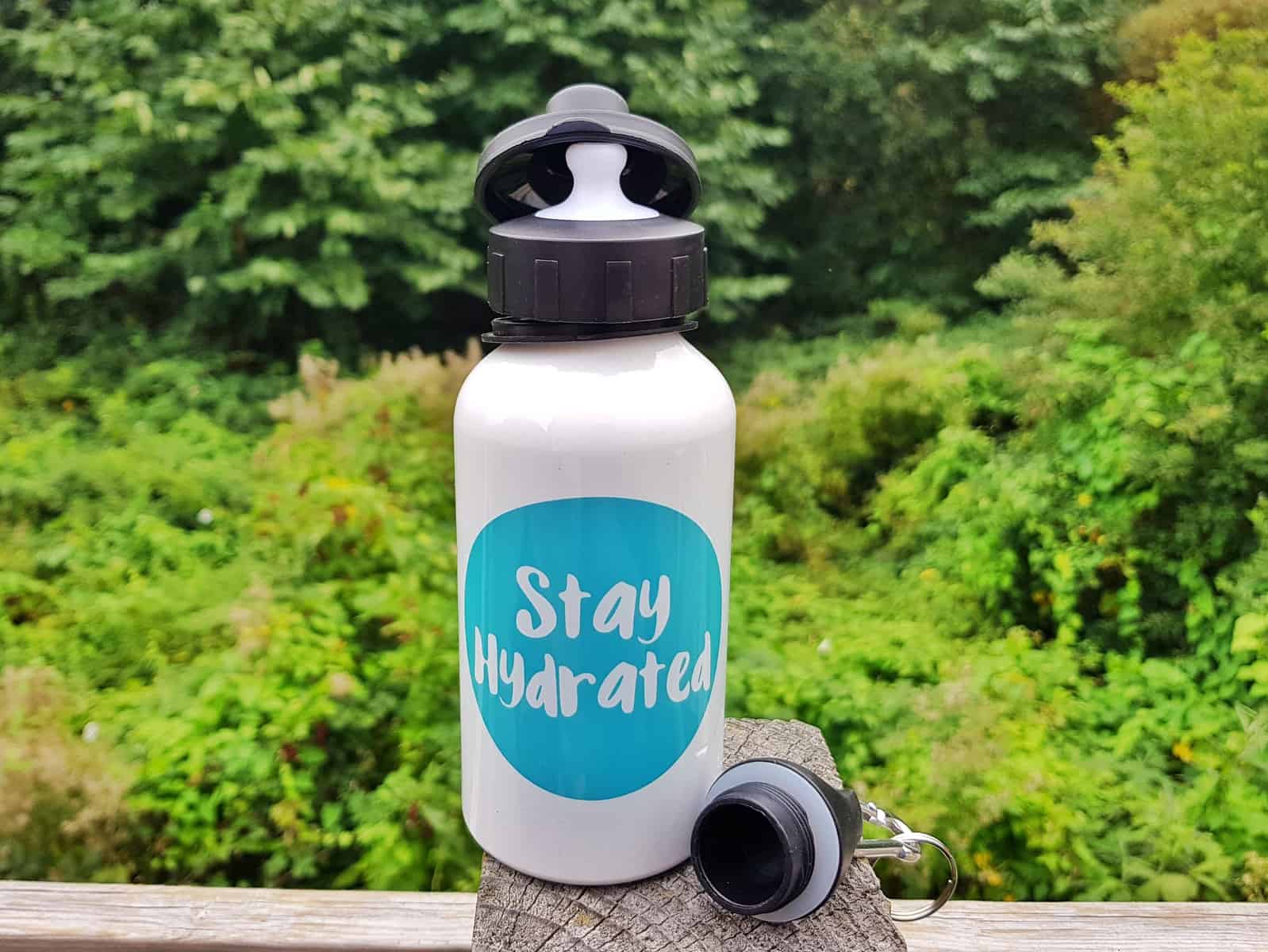



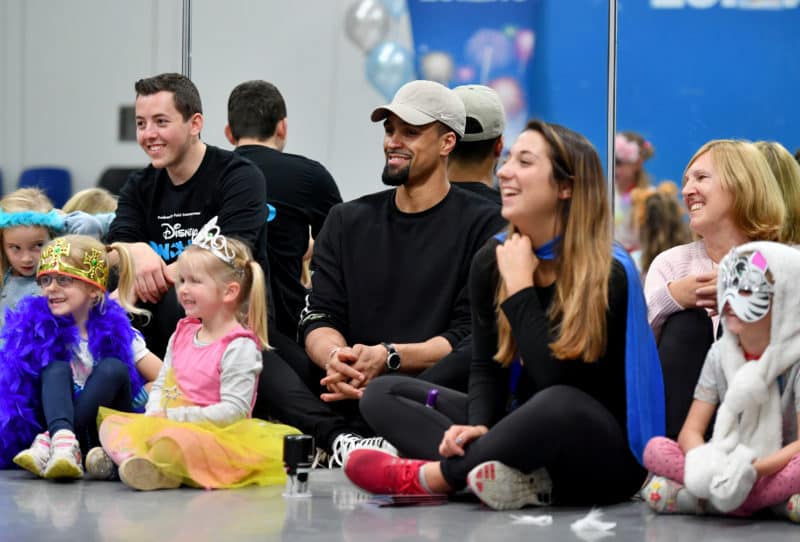
Wow! You both did brilliantly, despite the obstacles thrown at you.
There is so much to think about here and I hope organisers of other races read about it and take it on board.
I’d considered that the course itself would be challenging, but hadn’t thought about things like parking and registration being inaccessible too. What a shame that Martyn couldn’t use a more suitable wheelchair. Hopefully that rule will be changed to make races more accessible in the future. X
Thank you Sarah. I think the more suitable wheelchair is something that would have helped us to overcome most of the other things somewhat. I hope that race organisers take notice too.
Nat.x